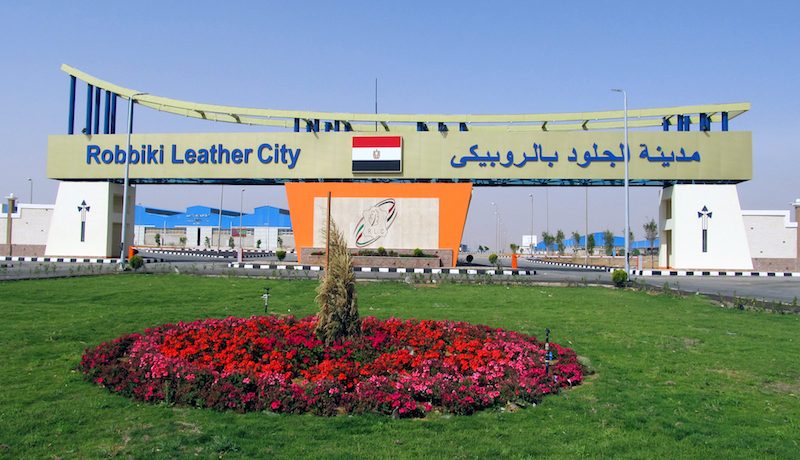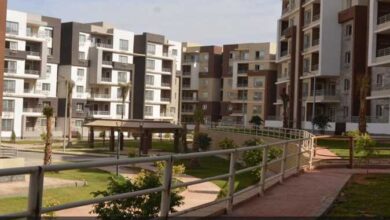
Egyptian President Abdel Fattah al-Sisi on Tuesday inaugurated Egypt’s new Robbiki Industrial City for Spinning, Weaving and Leather Industry, the largest industrial city in the Middle East.
The new industrial complex in Badr City — a satellite city of Cairo — includes six factories, including one for thin yarn, another for thick yarn, three for preparing raw materials for weaving, and another for dyeing and printing. All of the factories are equipped with the most up-to-date machinery, which works with the latest technology and software.
The project to move Cairo’s tanneries from Majra al-Oyoun street in the Masr al-Qadima neighborhood to the Robbiki area of Badr City began many years ago. This is the fifth relocation of the city’s tanneries since the Mamluk era.
The relocation to Badr City has been in planning since 1995. In 2017, President Sisi ordered the Trade and Industry Ministry to finalize the move, with the government bearing the costs of all the relocation.
Here are 10 facts about the Robbiki Industrial City
1- The establishment of Robbiki city aims to create an integrated system with the latest international technology in the field of leather tanning. It also comes with a commitment to preserve the general shape of the city, avoiding randomness in construction and reducing negative environmental impacts resulting from leather tanning production processes.
2- Egypt’s Trade and Industry Ministry has formed an administrative structure from Cairo for Investment and Development (CID) to follow up on operations and compliance.
3- The city of Robbiki was built on an area of 490 acres.
4- Robbiki includes three stages, from tanning leather and making intermediate products to producing final products.
5- Total government investments in this project amount to LE 2.3 billion, in addition to LE 200 million invested in the first urgent stage to rehabilitate the industrial drainage station in the city.
6- The first phase of the project is now completed, with a total of 213 production units for 95 investors on an area of 176 acres. Additional construction is currently being completed, and includes 28 glue factories for 44 investors at a cost of about LE 200 million. The construction of 87 production units for leather tanning will be completed in the second phase of the project, at a cost of LE 300 million.
7- Sixty-nine acres are attached to the second phase of the project, and are set aside for industries related to leather tanning.
8- As for the third phase, its area is estimated at 205 acres, and it is assumed that it will be allocated to set up factories to produce leather products.
9- The government is currently conducting a study to allocate 800 acres next to the leather city part of Robbiki, to relocate workshops in informal neighborhoods that produce leather products. There are an estimated 17,600 of these workshops nationwide.
10- Robbiki Leather City includes 195 factories, and will achieve an industrial growth rate in the leather sector up to seven percent annually. The project will achieve an annual production rate of 150 million square feet.
Edited translation from Al-Masry Al-Youm




